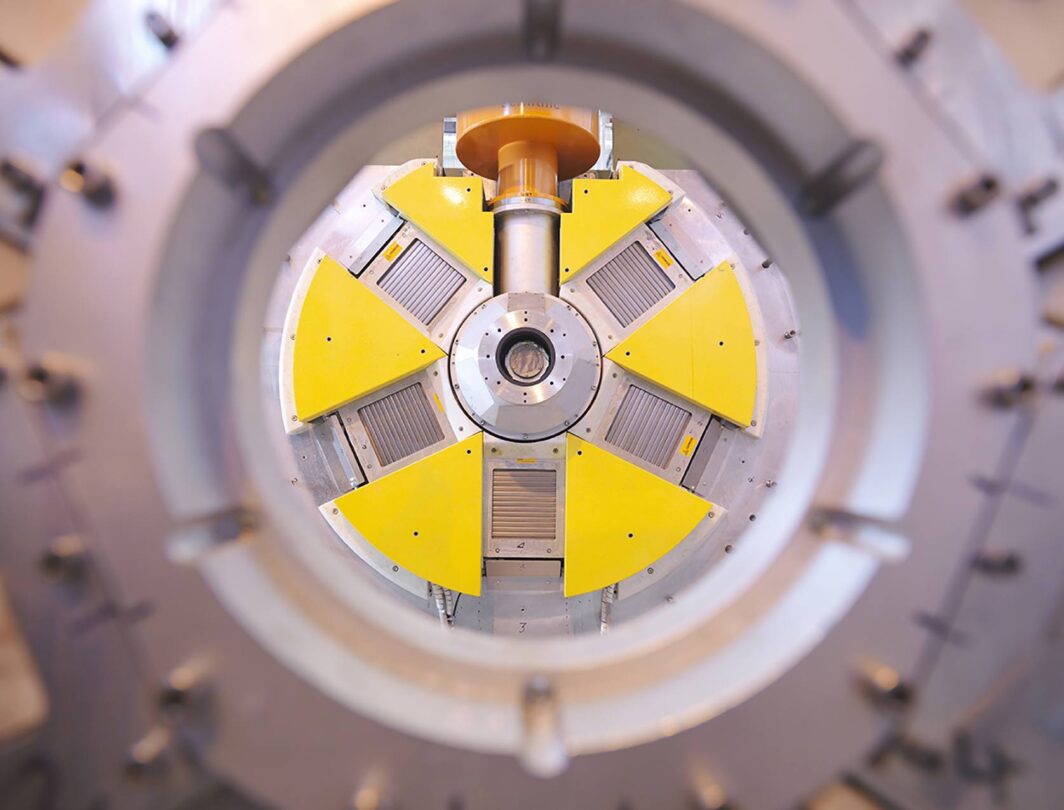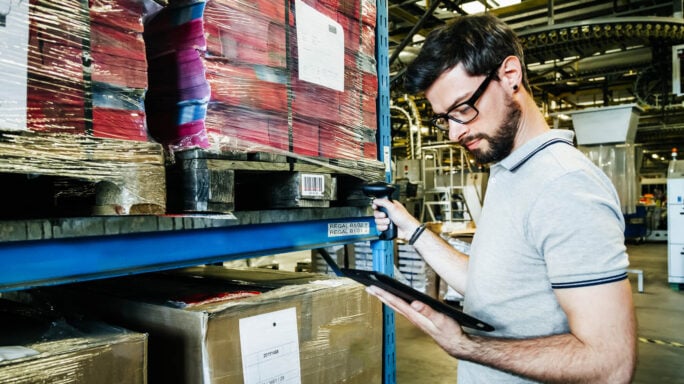A manufacturer’s guide to unlocking the value of the circular economy
For a manufacturer, a successful future may involve the circular economy. Read our new business guide to take advantage.

For a manufacturer, a successful future may involve the circular economy.
By reducing waste through material and energy use in manufacturing products and services, your business is capable of reducing costs and reaching sustainability aims through the circular economy.
In our new guide on the circular economy, we speak to experts and examine circular economy manufacturing research, looking at what the state of play is today and what you need to do for the future:
• Find out why joining the circular economy could be a positive for your business, whether you are a discrete or process manufacturer
• Look at how the circular economy can benefit your business when it comes to profitability and look at new commercial opportunities in refurbishment, remanufacturing and recycling.
• Read case studies and expertise from people who have fully implemented circular economy principles in their business.
• Examine why the circular economy can help support your sustainability aims. Understand why you may need to look at designing your products with reusability in mind to follow circular economy principles properly.
• Take a deep-dive into the technology needed and transformation involved. The circular economy is now within reach because of technology and Industry 4.0.
• Read tips on implementing the circular economy in your business, providing advice on how to share the circular economy message with other leaders in a language they understand.
What is the circular economy?
The circular economy is a system that looks to eliminate waste and the continual use of resources.
A traditional linear economy is where we make, consume, and throw away. Moving to a circular economy is all about creating a circle where we design out waste and pollution but keeping products and materials in use for as long as possible, finding ways to create new resources from what we discard.
The world is changing. People are more conscious of their impact on the environment. Businesses are finding it more challenging to get access to raw materials. With the circular economy, we’re extracting the maximum value from products while in use, then recover and regenerate products and materials at the end of each service life.
The circular economy puts a big focus on services, maintenance, and refurbishment of assets. However, as resources become more and more scarce, manufacturers and distributors in the circular economy are introducing additional value-added services.
Why is the circular economy within reach?
The circular economy is now within reach because of technology and Industry 4.0. For a long time, we’ve been taking resources, making products, and disposing of them as waste. Now through the fourth industrial revolution, we can look to eliminate waste through technologies such as
The Cloud – best-practice circular economy manufacturers take advantage of cloud solutions, with software managing aspects such as system infrastructure, operating system, database, and applications.
The Internet of Things (IoT) – through the IoT, you can now connect products you develop to the Cloud, analyzing performance, and collecting usage data. You can monitor and analyze products as a distance – creating happy customers by building products that are long-lasting and durable, which can reduce waste. Also, circular strategies such as recycling can be made more efficient through the use of data.
Artificial intelligence and automation – AI and automation could accelerate the transition towards a circular economy at scale in three particular areas: product design, operations, and infrastructure operations. AI allows the development of new products through machine-assisted design processes, the speeding up of prediction analysis and smart inventory management, and improved remanufacturing and recycling.
Robotics – it’s human error that tends to create product errors in the manufacturing process. By using automation and robots in a growing number of applications, you can increase yield, reduce waste, and extend the life of a product.
3D printing – with 3D printing, you can quickly produce spare parts on-demand, which can extend the life of products or equipment.
Closely linked with digitization and Industry 4.0, servitization can businesses new opportunities to offer services and solutions through the circular economy. These include attractive add-ons, such as implementation, maintenance, upgrades, and product lifecycle. It also creates new billing and financing options for customers.
Why you need to download this guide
Here is an excerpt from the last chapter of the guide – ‘making the circular economy argument’:
As we’ve examined in detail, the circular economy can bring significant benefits to your business by bringing in new customers, increasing profits, and cutting costs. You can beat the competition when it comes to innovation, brand reputation, and sustainability.
With the circular economy, look for practical solutions to problems that already exist, and new opportunities that you wouldn’t get with a linear economy. Make sure you understand what ideas could help with your existing challenges and opportunities, and highlight the benefits of new approaches and the downside of current ones.
Learn from the success of others. Many businesses, both large and small, across many industries, have adopted circular economy principles and strategies. Look at case studies and take the information and insight you need. Build a circular economy story by identifying the shortcomings of a linear economy and the value you can create, building an argument on why you need to change, and addressing any misconceptions people may have.
When it comes to activating a circular economy strategy, start small and move quickly by developing trials and pilots to prove the benefits.







Ask the author a question or share your advice